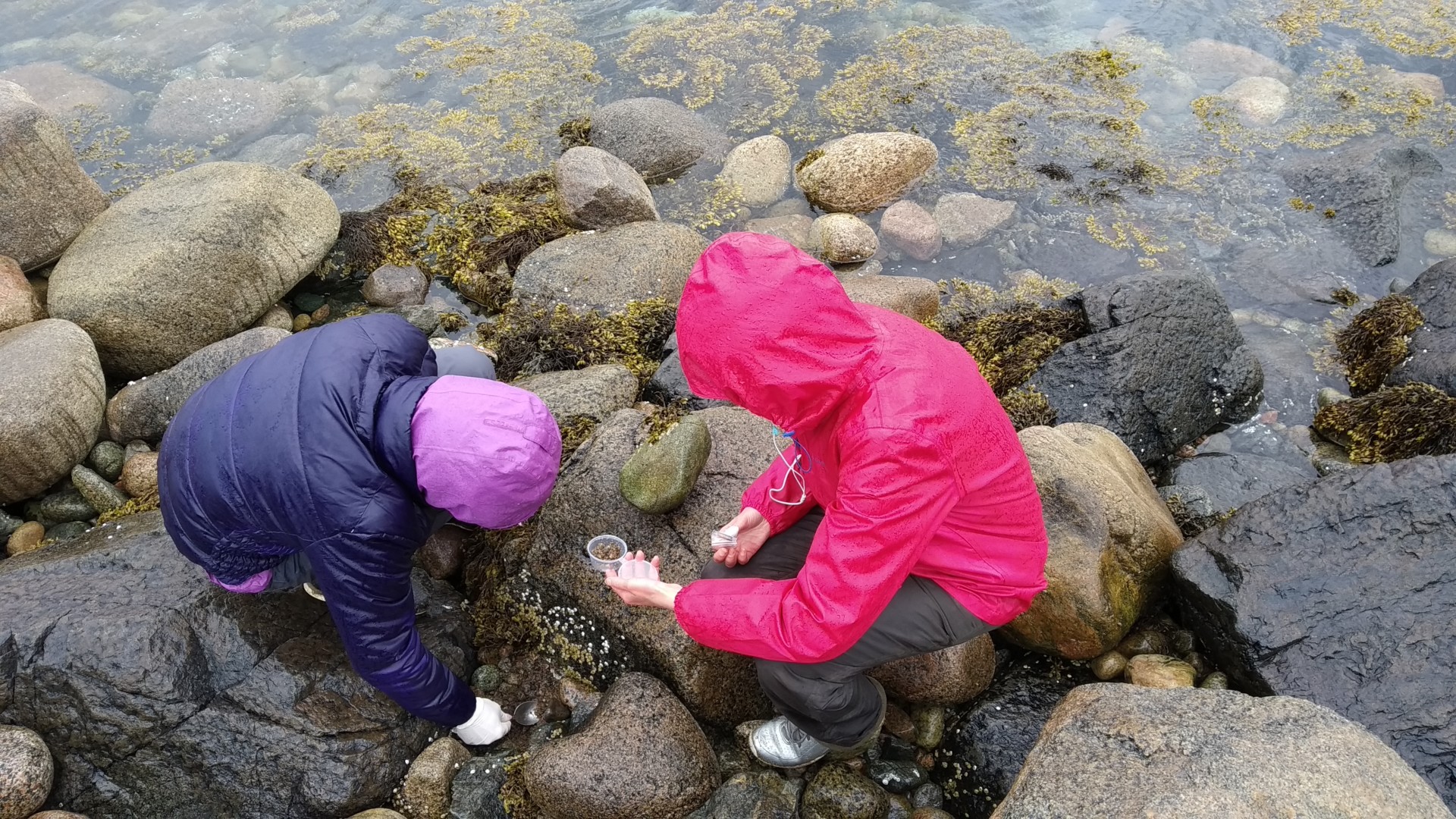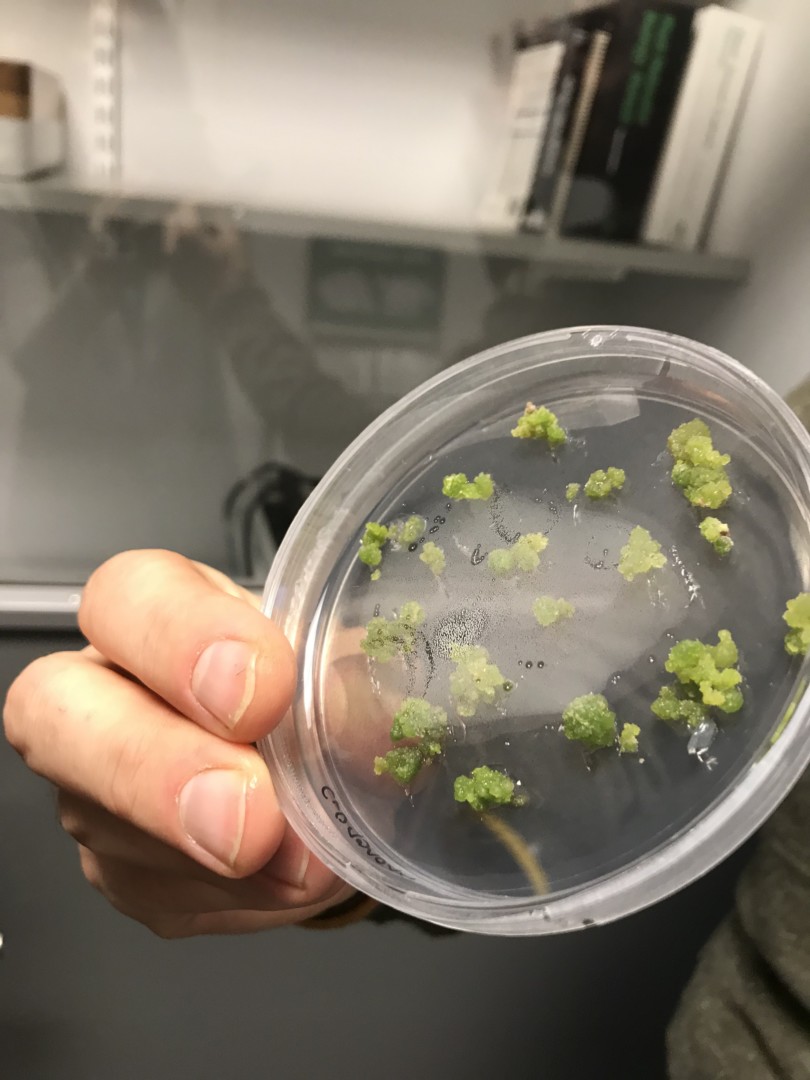The risk of oil spills has become a real threat due to development of the oil and gas industry and transportation activities in the Arctic. Oil spills in the vicinity of the coast are the most dangerous, as their effects can last for years and even decades. The project “Arctic Coast Bioremediation” aims at finding a technological solution to minimize the oil spill effects.
A team of scientists and experts landed on a remote coast of the Barents Sea. They had a challenge: to find microorganisms that can neutralize effects of oil spills. The group got well prepared for the field study, evaluated and took into account all possible scenarios and everything should have worked out perfectly… But! The unpredictable northern weather interfered – it started to rain and got dark. The situation became even more complicated after discovered loss of the key tool – a spade. Those eight kilograms of soil, finally collected with a spoon under the moonlight, turned out to be the most valuable!
The collected samples of soil, sand and seawater are delivered to the laboratories of the Kola Science Center of the Russian Academy of Sciences, the Murmansk Center for Standardization, Metrology and Testing, University of Tromsø – The Arctic University of Norway and the Finnish Environment Institute.
The laboratory experts are going to insulate bacteria and fungi with the highest oil appetite. While Russian scientists are analyzing bacteria’s effectiveness, their colleagues from Norway and Finland are studying bacterial genomes. The researchers in all three countries are working on one common goal – creation of biotechnology to remediate the Arctic coast from oil products.
According to experts, a biotechnological approach based on natural self-recovery processes of the environment is the most promising method.
The biotechnology to be created as part of the project is based on three components:
- oil-degradation microorganisms
- sorbents based on organic and mineral substances
- plants that contribute to restoration of vegetation
At this stage of the project, it is essential not only to find the needed bacteria but also to learn how to control them making their behavior in the biotechnological process predictable. The “taming” of bacteria will ensure their safe and controlled use.




